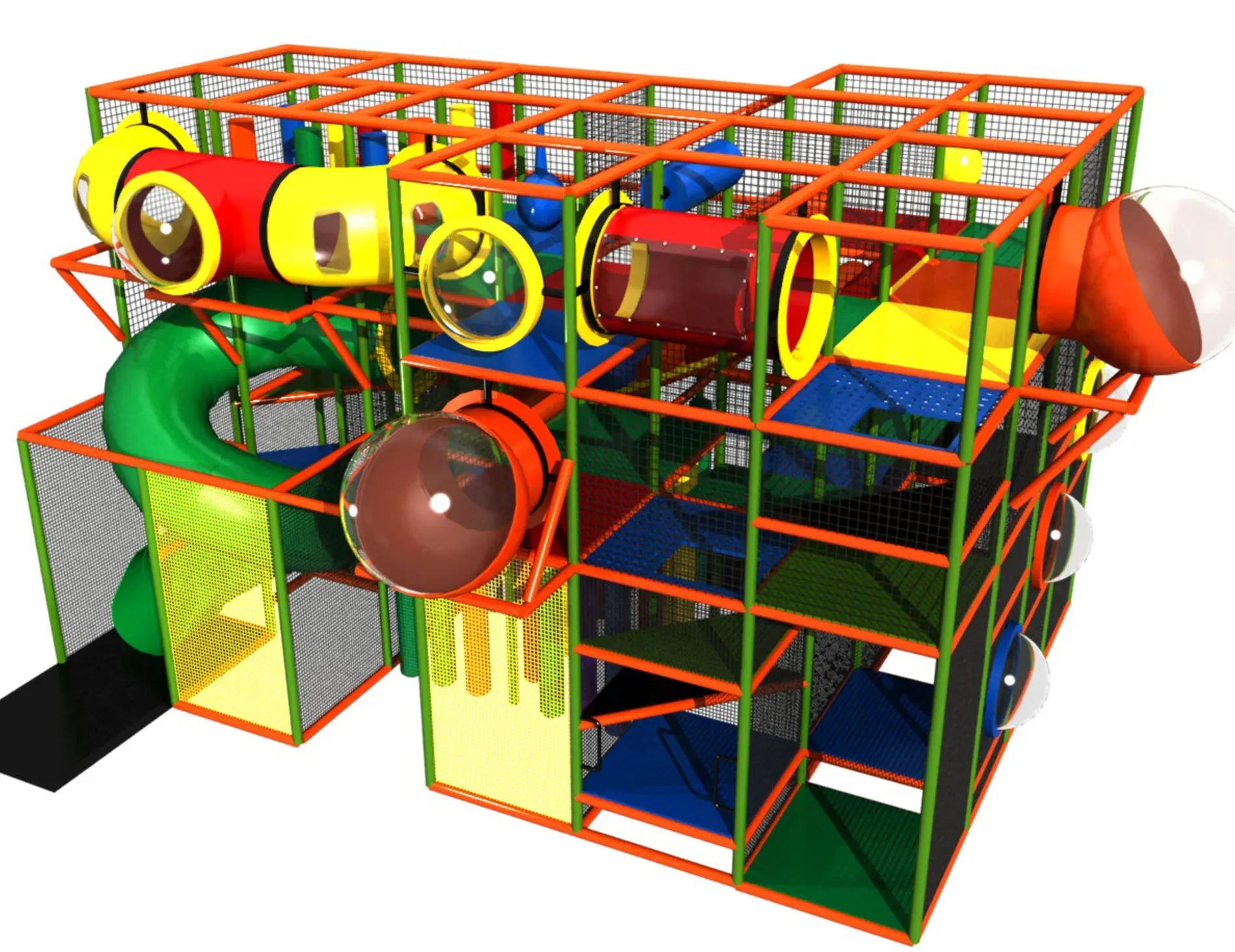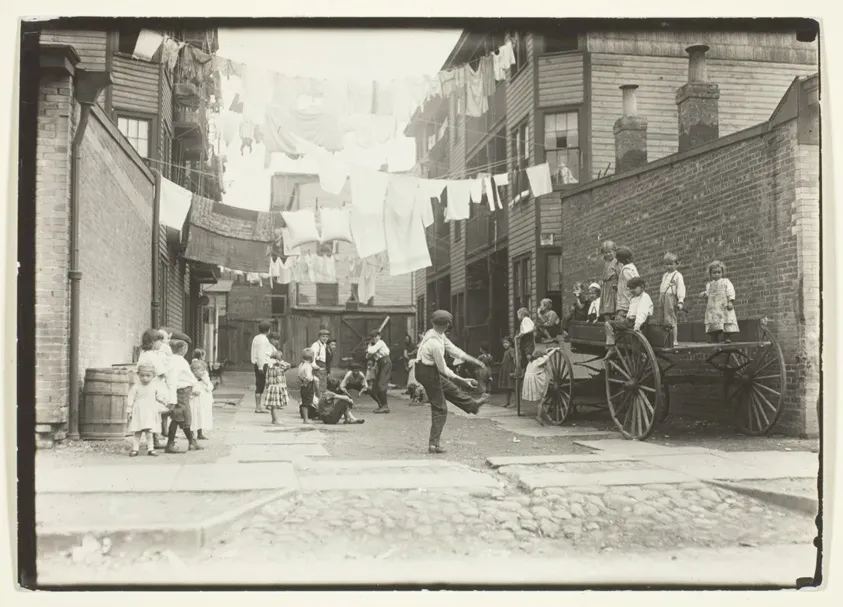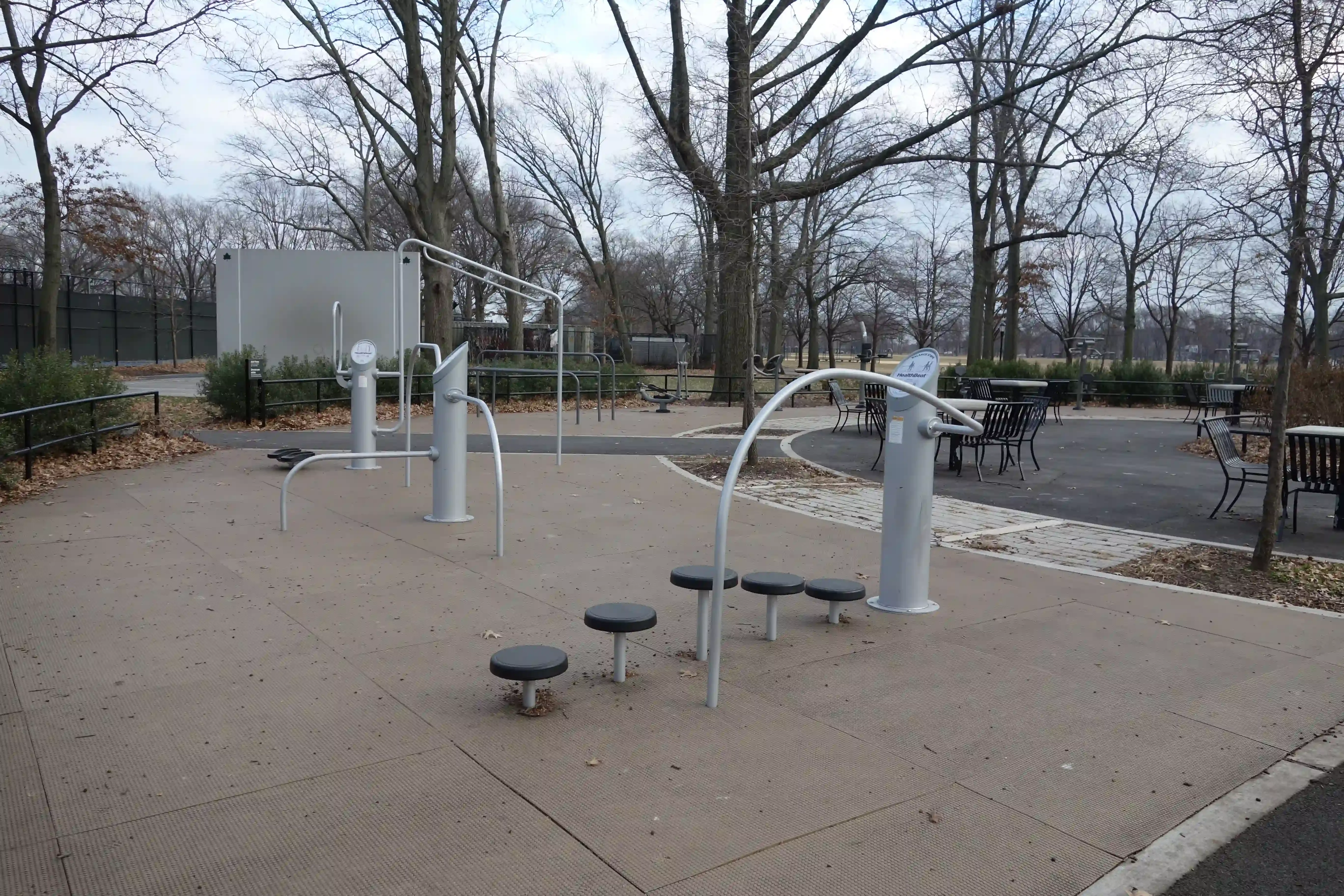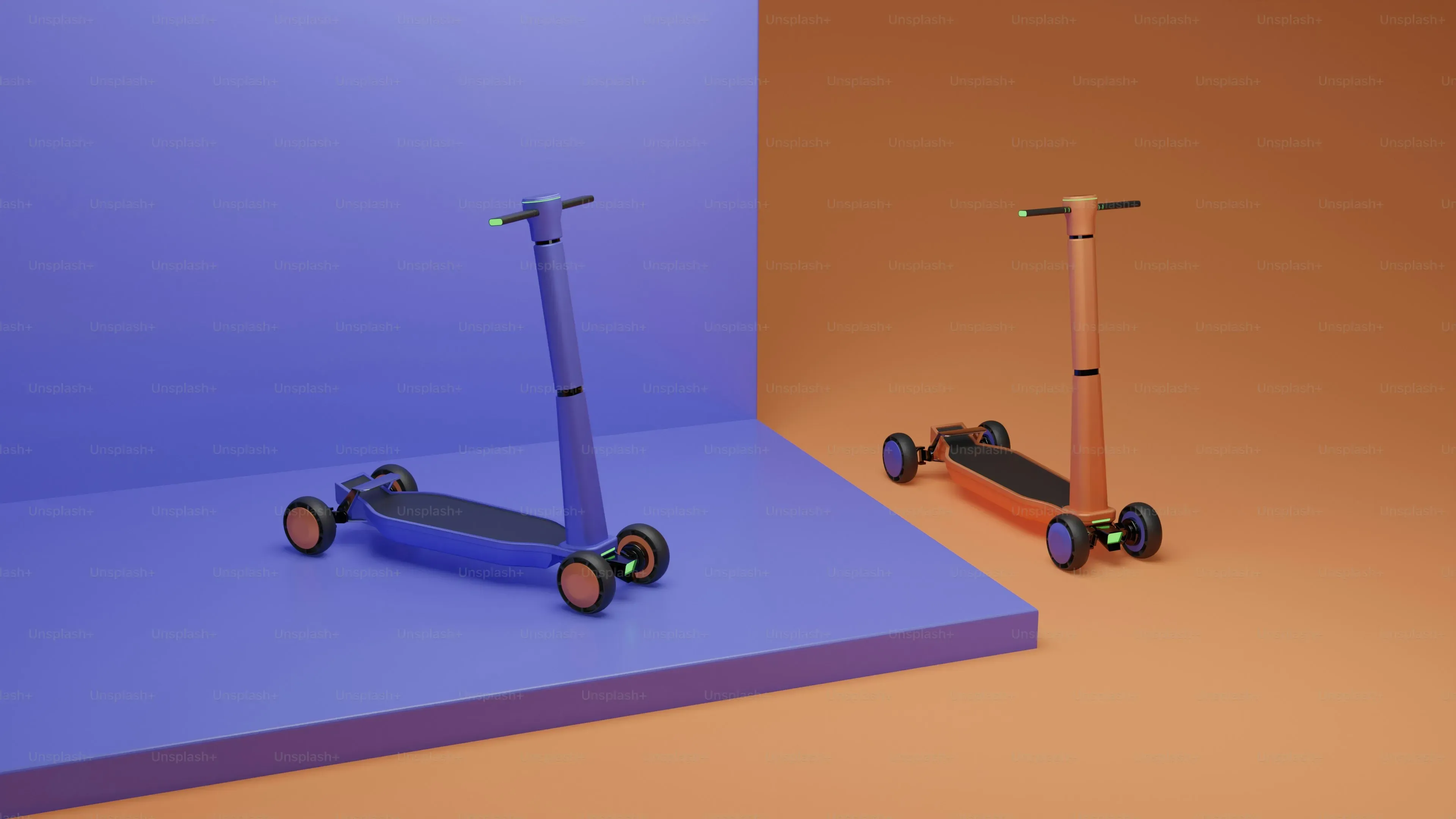Table of Contents
let's talk about indoor playgrounds. Specifically, the stuff that makes them, well, playgrounds. Picking the right equipment for indoor playground spaces isn't just about filling a room; it's about creating an environment where kids can burn off energy without breaking bones or getting bored after five minutes. Anyone who's ever watched a child size up a climbing structure knows they're looking for challenge and fun, while you're probably thinking about pinch points and lead paint. It’s a balance, and sometimes, it feels like a high-wire act without a net.
Picking the Right Equipment for Indoor Playground: What to Look For

Picking the Right Equipment for Indoor Playground: What to Look For
Alright, so you're diving into the deep end of setting up an indoor playground, and the first hurdle is figuring out what gear to actually put in the joint. Picking the right equipment for indoor playground facilities isn't just about picking pretty colors or the biggest slide you can fit. You've got to think about the age range of the kids who will use it, how much space you actually have (and trust me, things look smaller on paper), the flow of traffic so kids aren't constantly running into each other, and frankly, how much abuse this stuff is going to take. That bouncy castle might seem fun, but is it going to survive a horde of seven-year-olds hopped up on birthday cake? Probably not for long. It's about durability, play value, and making sure the pieces complement each other, creating a whole experience rather than just a random collection of plastic and padding.
Safety First: Essential Checks for Your Indoor Playground Equipment

Safety First: Essential Checks for Your Indoor Playground Equipment
Checking for the Obvious (and Not So Obvious) Hazards
so you’ve got your equipment for indoor playground all set up. Looks great, right? Maybe. Before you let a single kid loose, you need to put on your detective hat. We're talking about a thorough sweep for anything that screams "ouch" or "lawsuit." This means sharp edges you didn't notice during installation, exposed bolts that look like tiny weapons, or gaps where little fingers or heads could get stuck. Think like a kid – they'll find the hazard you missed in about two seconds flat. Run your hands along surfaces, peer into crevices, and get down on your knees. If something looks questionable, it probably is.
Structural Integrity and Wear and Tear
Next up, you've got to check if the thing is actually going to stay standing. This means looking at the bolts, screws, and connectors. Are they tight? Are any missing? Is there rust? Rust isn't just unsightly; it weakens metal. Check for cracks in plastic components or splinters in wood. Look at ropes and netting for fraying. These structures take a beating every single day. What looks fine from a distance might be a disaster up close. A wobbly railing isn't just annoying; it's a fall waiting to happen. Don't just glance; give things a good shake and a poke.
- Check all bolts and screws for tightness.
- Inspect plastic for cracks or discoloration.
- Look for rust on metal parts.
- Examine ropes and netting for wear.
- Test railings and barriers for stability.
Mind the Gap: Surfacing and Fall Zones
Alright, even with the safest equipment for indoor playground use, kids fall. It's a fact of life. What they fall onto is critical. Is your protective surfacing adequate? We're talking about foam tiles, rubber mats, or whatever is specified for the height of the equipment. Check for gaps between mats that could trip someone. Make sure the surfacing extends far enough around the equipment – this is the "fall zone." There are specific standards for how much impact a surface should absorb from a certain height. Knowing those standards, and checking your setup against them, isn't optional; it’s essential unless you enjoy filling out incident reports.
Beyond the Ball Pit: Unique Equipment for Indoor Playground Ideas

Beyond the Ball Pit: Unique Equipment for Indoor Playground Ideas
Tired of the Same Old Structures?
let's be honest. How many times can a kid really slide down the same plastic slide or swim through a sea of questionable plastic balls before they're looking for something else? If you're aiming to stand out and keep kids coming back, you've got to think past the standard modular play structure. The goal isn't just to occupy them; it's to engage their brains, challenge their bodies in different ways, and offer experiences they can't get just anywhere. This is where unique equipment for indoor playground facilities really shines. It’s about creating moments, not just using up floor space.
Thinking Outside the Box (Literally)
So, what does "unique" even look like in this context? Forget the predictable. Think climbing walls with interesting textures or auto-belay systems. Consider interactive projection games that turn floors and walls into dynamic play surfaces. How about obstacle courses designed for different skill levels, incorporating elements like balance beams that sway or rope bridges that require actual coordination? Trampoline areas, perhaps with integrated sensors for games, are a perennial favorite but can be designed with unique layouts. Even simple things like large, connectable foam blocks or magnetic building walls can spark creativity in ways a tunnel slide never will. The trick is finding equipment that offers layers of interaction and discovery.
What kind of unique challenges could your space offer?
Keeping it Clean: Maintaining Your Indoor Playground Equipment

Keeping it Clean: Maintaining Your Indoor Playground Equipment
Alright, let's talk about the less glamorous but arguably most critical part of running a successful indoor playground: keeping the darn equipment clean. Nobody wants their kid rolling around in a forgotten snack or sticky residue, and frankly, neither do you. Maintaining your equipment for indoor playground facilities isn't just about appearances; it's a health and safety imperative. Think about the sheer number of hands, feet, and sometimes mouths that touch every surface daily. Neglect this, and you're not just risking a bad review; you're creating a potential breeding ground for germs. It requires a consistent schedule, the right cleaning agents (non-toxic, obviously), and a team that understands the difference between "looks clean" and "is actually clean." It’s not rocket science, but it does require diligence. Cutting corners here is a fast track to unhappy customers and potential health issues.
Making Your Indoor Playground Equipment Investment Pay Off
So, we've covered the ground, from picking the initial pieces of equipment for indoor playground spaces to the daily grind of keeping them clean and safe. It's clear this isn't a "set it and forget it" kind of deal. Choosing wisely upfront saves headaches down the line, especially when it comes to safety certifications and durability that can withstand a stampede of toddlers. Thinking beyond the standard fare can make your space stand out, giving kids something genuinely exciting to tackle instead of the same old slide. And let's be real, maintenance isn't glamorous, but ignoring it is a fast track to broken equipment and unhappy customers (not to mention potential liability). Building a successful indoor playground boils down to smart choices about the equipment, a relentless focus on safety, a little creativity, and the commitment to keeping it all in top shape. Get these pieces right, and you've built more than just a play area; you've built a place where kids can thrive and parents feel secure.